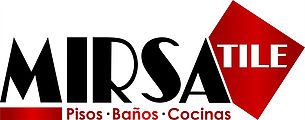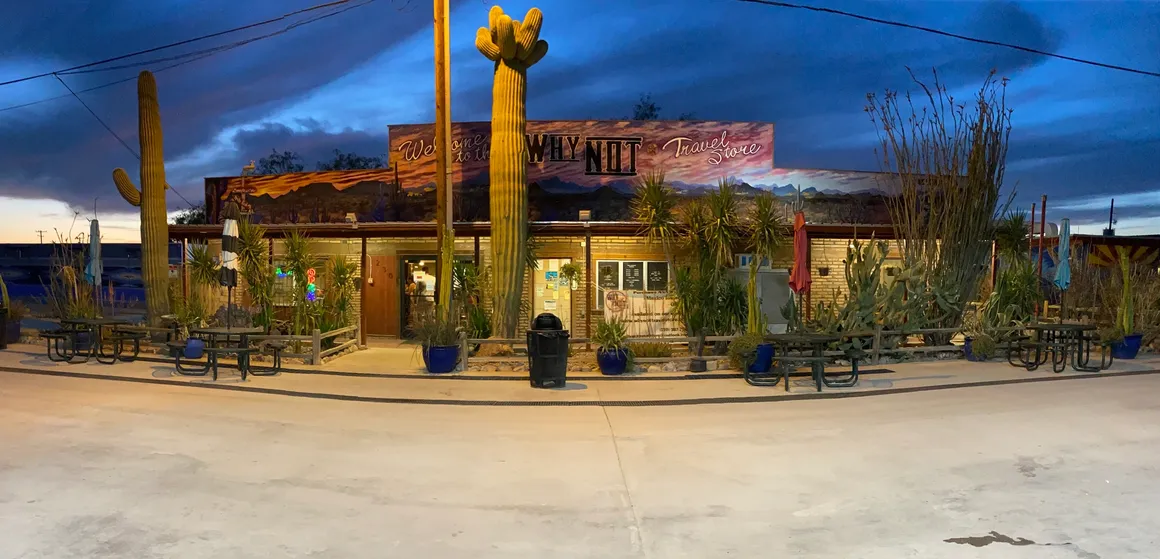Much discussion about owning property here in Paradise centers around capital gains taxes. Misinformation abounds, and different laws apply to different types of properties and their property owners. Since most people want to talk about their personal residential property that is not used to generate income, and that is held in a deed of trust (bank trust), we will limit the discussion to that type of property. Property bought as an investment, to generate income, such as rental property, or to “buy and flip,” or property held in a Mexican corporation, are categories different than privately owned residential property. As well, the discussion is pertinent as the law now states, in mid-September 2014. Laws can change, sometimes dramatically, rendering previously good information useless.
When a property transaction occurs, both seller and buyer have expenses, with capital gains tax often being the largest cost, and the most challenging to calculate. To prepare for a quote from the proper authority, the transaction coordinator will provide the office of the Notarío Público a copy of the deed to the property, the purchase price, a copy of the statement of value from the city, a current appraisal of the property done by a licensed appraiser, and other information that may be requested. The Notarío Público is the official who calculates the capital gains tax on behalf of the federal government of the Republic of Mexico.
The truth is that capital gains taxes are very subjective. Federal law states that the capital gains tax for properties held in bank trusts will be 35% of the gain, depending upon the year (the percentage may change annually). The gain is the difference between the prices at which a seller bought his property subtracted from the price at which he is selling, less deductions. Capital gains tax must be paid at the time of the property transfer from former owner to new owner, and is paid by the seller. It is the Notarío Público who actually pays the capital gains tax on behalf of the seller, and the Notarío Público will provide a factura to the seller for the payment.
A factura is most easily explained as an official receipt, which very clearly identifies the seller and the buyer, as well as the item purchased and its price. A factura can be used for tax deductions, while ordinary receipts usually cannot. There is much more to say about facturas, but that is for a different discussion. Back to capital gains tax…
The first challenge to calculating the capital gains tax is the price the seller paid for the property he is selling, or his cost basis. The cost basis is the price which is recorded in the deed (bank trust), in the case of purchases in which the deed was registered on or before August 31, 2014. The price recorded in the deed is supposed to be the amount paid for the property, but we sometimes find the amount on the deed incorrect, either because of errors, or because of fluctuations in the exchange rate, or both. Unfortunately, once a deed has been recorded, then the purchase price is set in stone. Beginning with all transactions recorded on or after September 1, 2014, the Notarío Público will be required to issue to the buyer, in whose name a new deed has been registered, a factura for the purchase price of the property. When the buyer is ready to sell, the factura he received at the time he purchased will determine the cost basis for the transaction.
The second challenge is deductions: receipts for improvements to the property can be used for capital gains tax deductions if the seller has proper Mexican immigration documents, is registered with Hacienda (Mexican IRS), and has received facturas for the purchases he wishes to deduct. As well, some costs of closing the sale, such as the realtor commission and the value-added tax paid on that commission, plus transfer tax and public registry fee from when he purchased the property, may be deducted.
The Notarío Público, a highly specialized property/tax attorney who has been selected for his expertise & appointed by the state government, has the responsibility of deciding exactly how much will be paid, up to the maximum percentage of gain allowed by law. The Notarío has a table of charges from the federal government to guide him. He considers the city value of the property, which is often higher than the sale price in these current challenging market conditions; the appraisal, which is mainly done to assist the Notarío with deciding the amount of capital gains tax to assess; the closing costs paid when the property was purchased (which sellers rarely have); the real estate commission being paid when selling the property; improvements to the property since it was purchased (the appraisal is used here); the part of the Republic in which the property is located – capital gains tax is a federal tax, and the laws/rules/guidelines are national in nature, even though real estate values and practices vary widely by state.
The Notarío is charged with assessing capital gains tax for each transaction, and reduces the fee from the amount on his table of charges when he is able. The Notarío is responsible to justify his reduction if called upon to do so, and could be held responsible to pay the amount by which he reduced the tax, if an auditor disagrees with his decision.
A Notarío decides each capital gains tax assessment on an individual basis. A transaction closing coordinator may ask for capital gains tax assessments from more than one Notarío before issuing a closing cost statement to the clients entering into a transaction, and she can use the assessment she likes best. Once she decides, she must use that Notarío through the end of the property transfer project generated by that transaction, because that Notarío must pay the capital gains taxes on behalf of the seller within 15 working days from the date of the closing of the transaction. One Notarío cannot pay capital gains taxes assessed by a different Notarío.
Most of the costs of closing a property transaction in Mexico can be predicted as in the USA, i.e. the transfer tax will be 2% of the purchase price, the appraisal will be $350-450, the liens and encumbrances report will be $40, etc. However, the process of the assessment of capital gains tax, and final result, is nearly impossible to predict. For this reason, only the most daring quote closing costs to either sellers or buyers. Clients can be protected by including in every offer to purchase a contingency that seller and buyer must review and accept closing costs, of which capital gains is part, prior to proceeding with the transaction. Many sellers think that selling “by owner” will save big bucks in real estate commission. However the truth is that a talented real estate agent, who works with a talented transaction coordinator, who has excellent relations with local Notaríos Publicos, can save a seller more in capital gains tax than he will spend in real estate commission – this is really the solution to the capital gains tax mystery.
Editor’s note: Lic. Eleazar Jiménez Zamorano is the Suplente to Notaría Pública No. 76, and is a champion of property rights and a strong supporter of A.M.P.I., the Mexican Association of Real Estate Professionals. His office is located at Ave. Los Pinos #127, just off Calle Miguel Hidalgo, near the Numeros store. Contact Lic. Jiménez at EleazarJimenez@gmail.com or at (638)388-1203/6350.




























